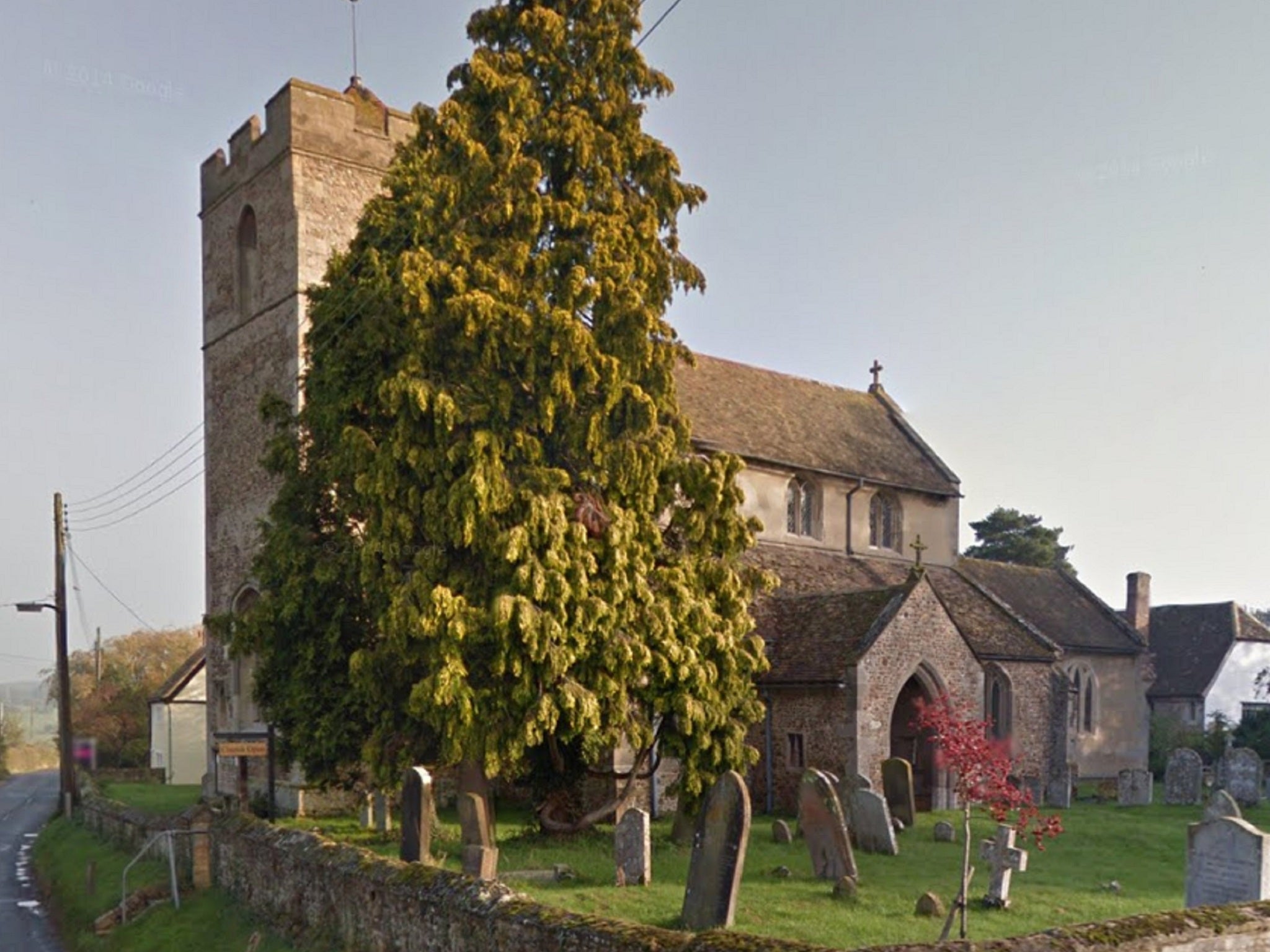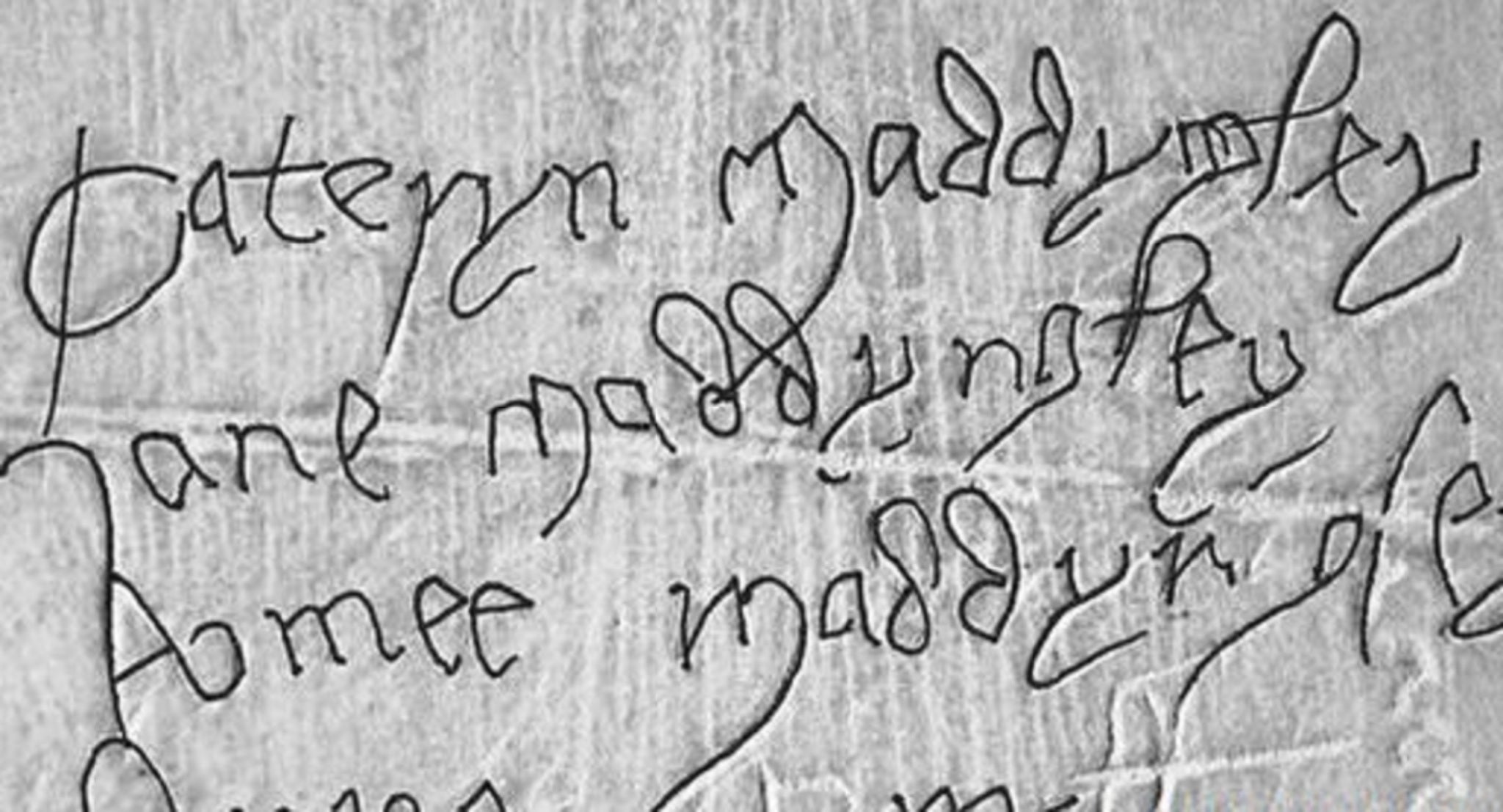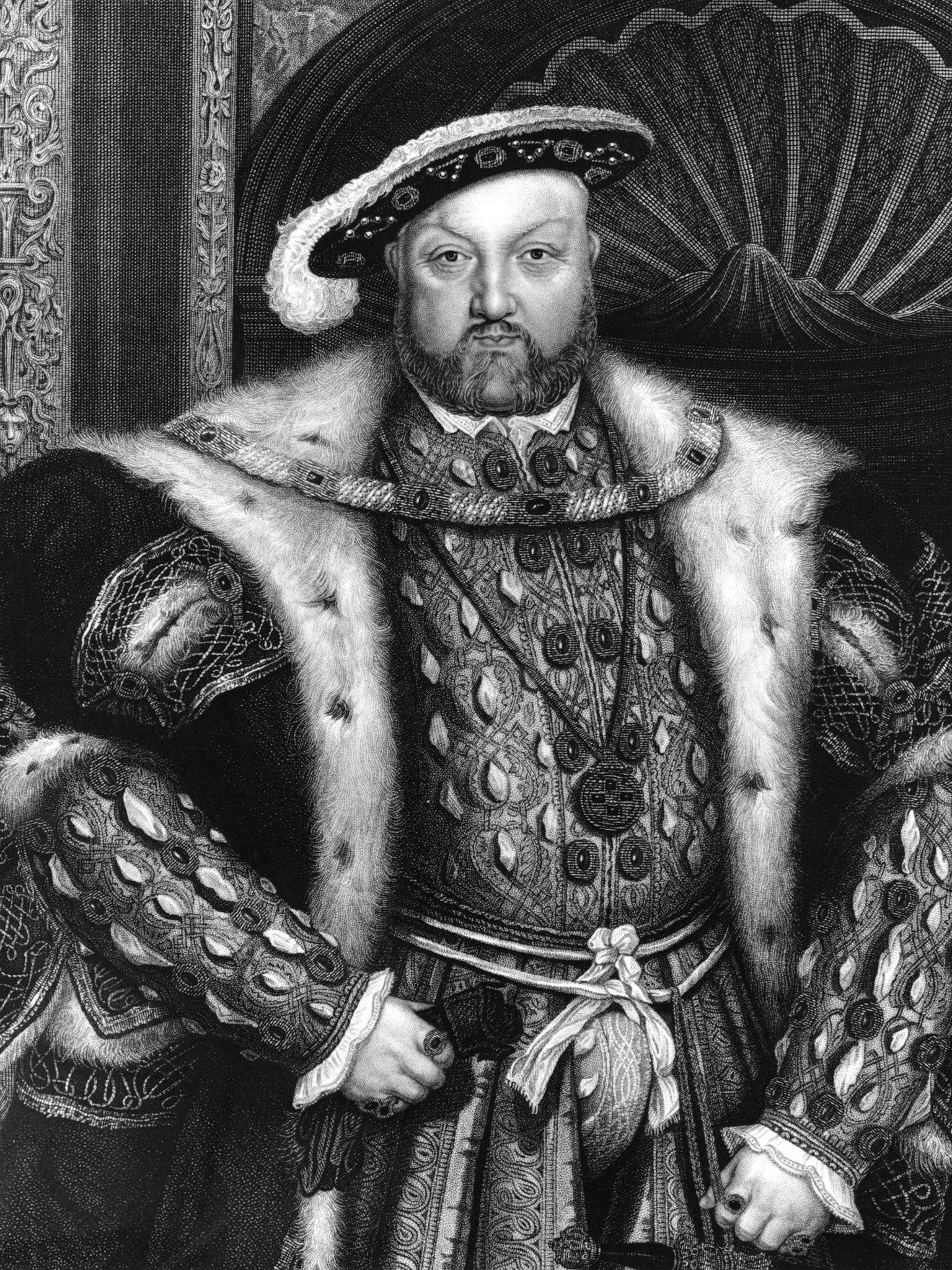'Heartbreaking' church graffiti shows bubonic plague had killed three sisters in one family
The plague occurred in spates between the 1300s and 1600s

Your support helps us to tell the story
From reproductive rights to climate change to Big Tech, The Independent is on the ground when the story is developing. Whether it's investigating the financials of Elon Musk's pro-Trump PAC or producing our latest documentary, 'The A Word', which shines a light on the American women fighting for reproductive rights, we know how important it is to parse out the facts from the messaging.
At such a critical moment in US history, we need reporters on the ground. Your donation allows us to keep sending journalists to speak to both sides of the story.
The Independent is trusted by Americans across the entire political spectrum. And unlike many other quality news outlets, we choose not to lock Americans out of our reporting and analysis with paywalls. We believe quality journalism should be available to everyone, paid for by those who can afford it.
Your support makes all the difference.Graffiti engraved in church stone five hundred years ago reveals three siblings had died during an outbreak of the bubonic plague.
The names Cateryn, Jane and Amee Maddyngley with the year 1515 was found inscribed in stone in All Saints and St Andrew church in Cambridgeshire, the BBC reports.
The graffiti was found hidden under limewash near the door of the parish church by volunteers from Norfolk and Suffolk Medieval Graffiti Survey.

Archaeologist Matt Champion told the BBC: “The most heartbreaking inscriptions are those that refer to long-dead children.”
The disease was so widespread during outbreaks between the 1300s and late 1600s that it drove monarch Henry VIII from his London residence to Windsor, and forced him to withdraw from all business and duties.
However, the plague soon caught up with him and killed some members of his household.
Bubonic plague, which was spread by fleas that lived on rats and humans, could kill a person within a week. In extreme cases, whole families died.

The three names found in the stone are said to belong to children as they are not noted down as being adults in any records, Mr Champion said.
He believes that while elite figures were remembered by statues and plaques, the voices of the masses and working class were expressed through wall inscribings and writings.
The image of the graffiti has been edited to make the writing more visible.
Volunteers find the faint stone engravings by searching carefully with torches.
Join our commenting forum
Join thought-provoking conversations, follow other Independent readers and see their replies
Comments